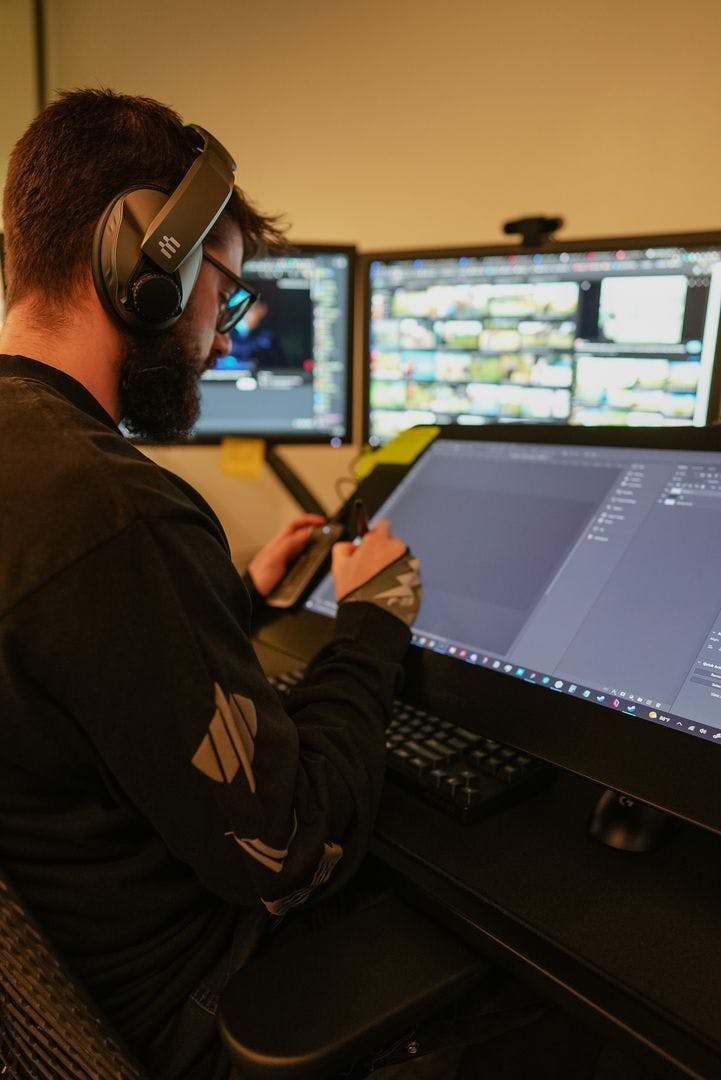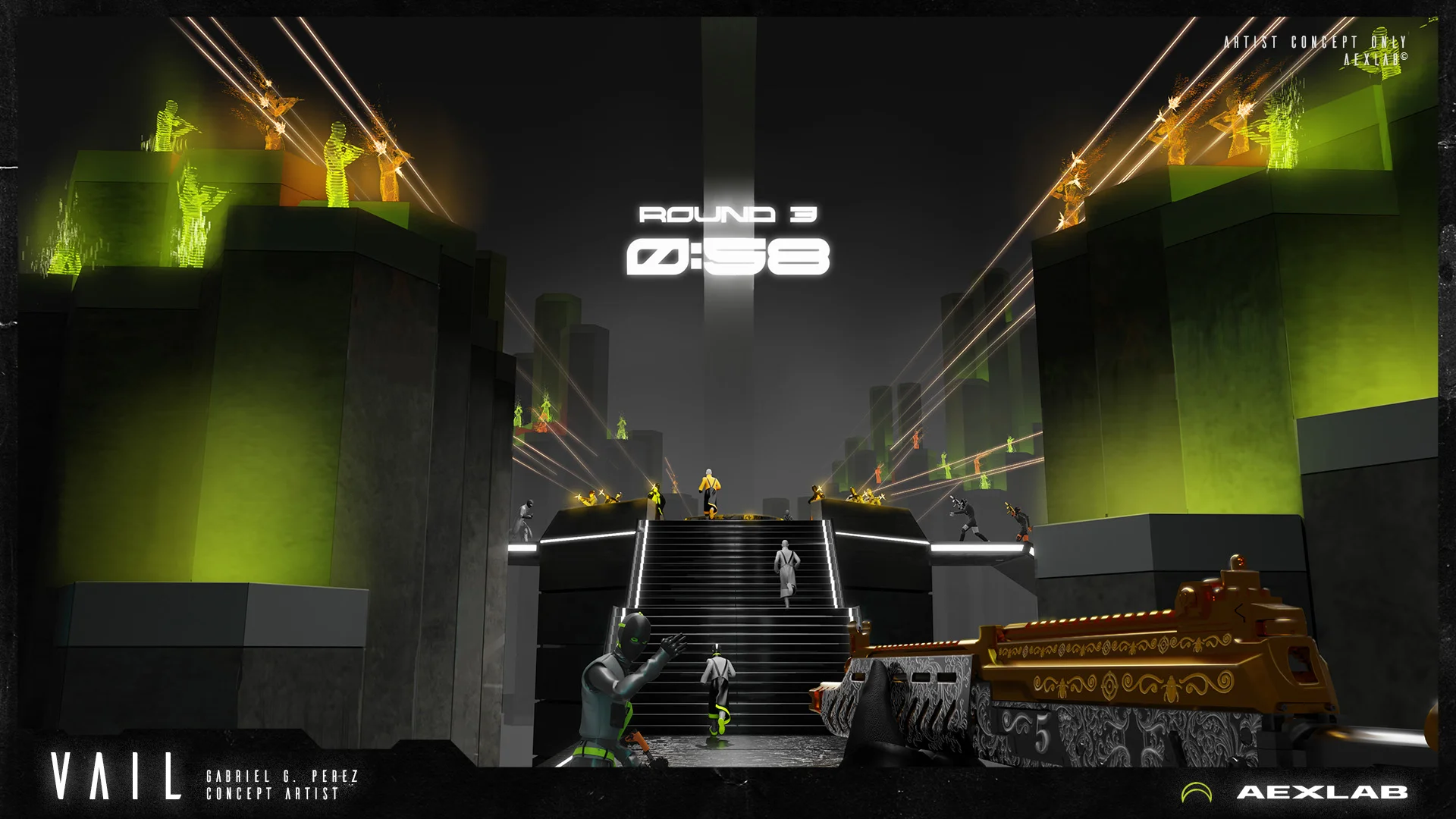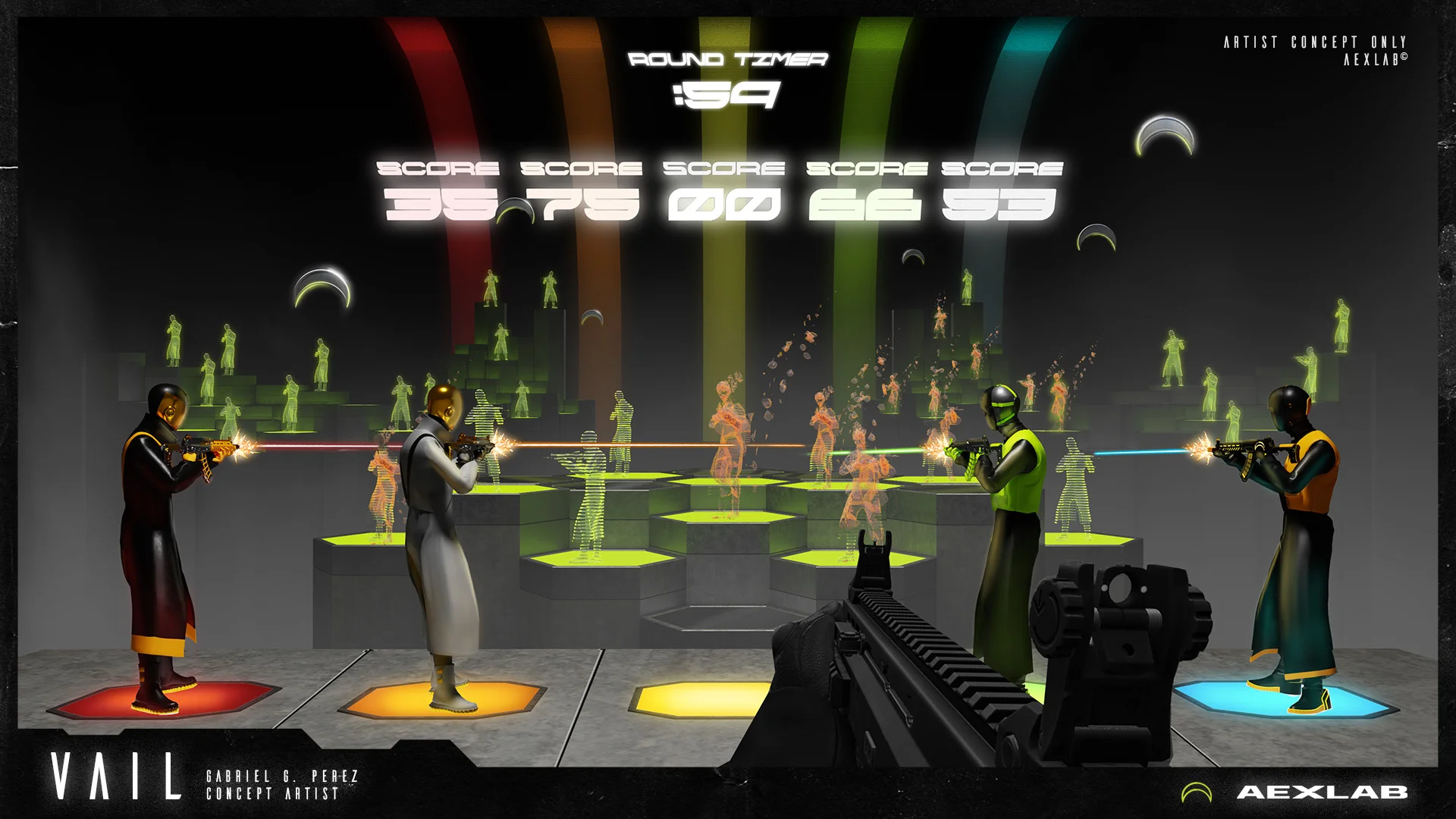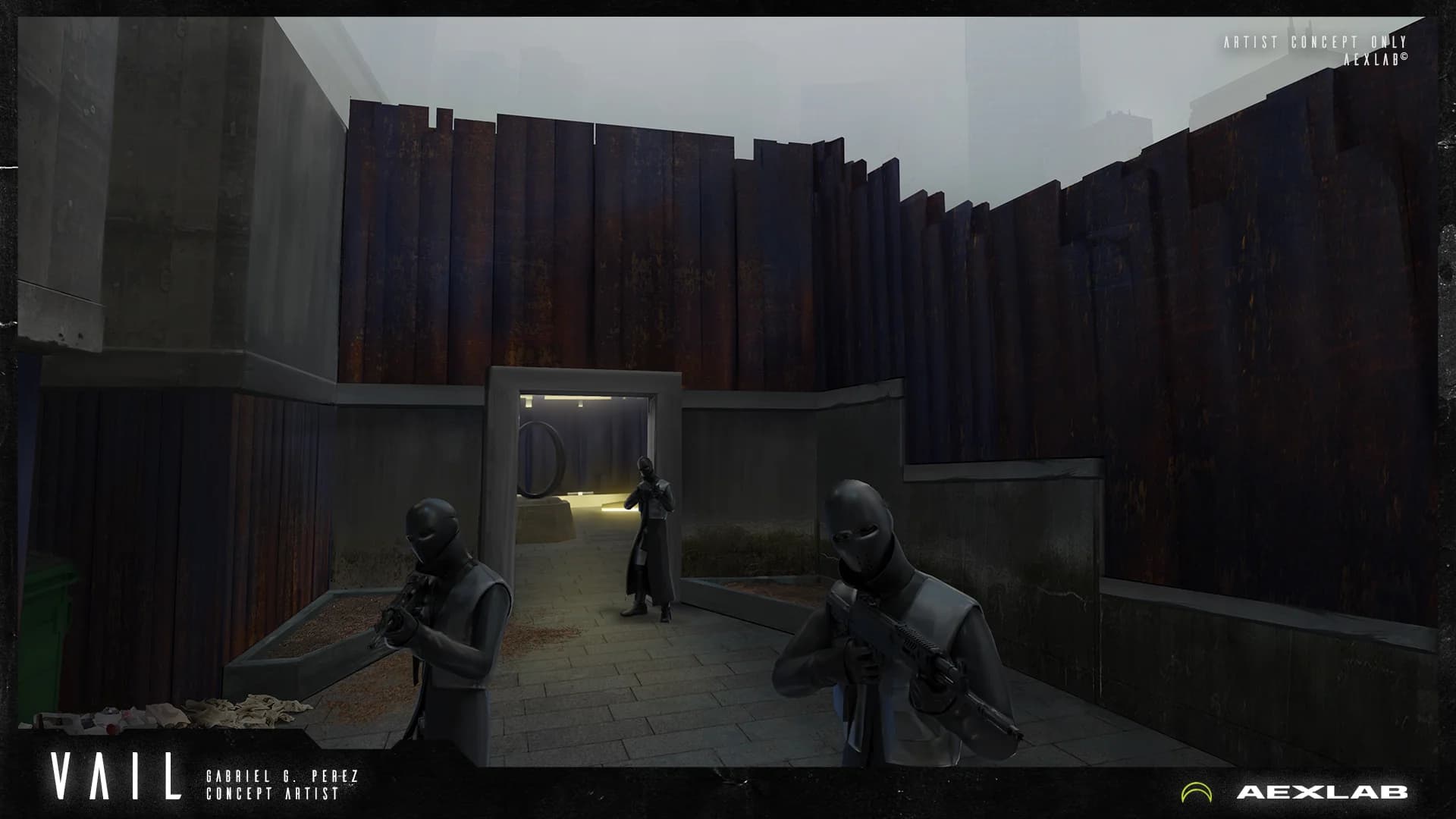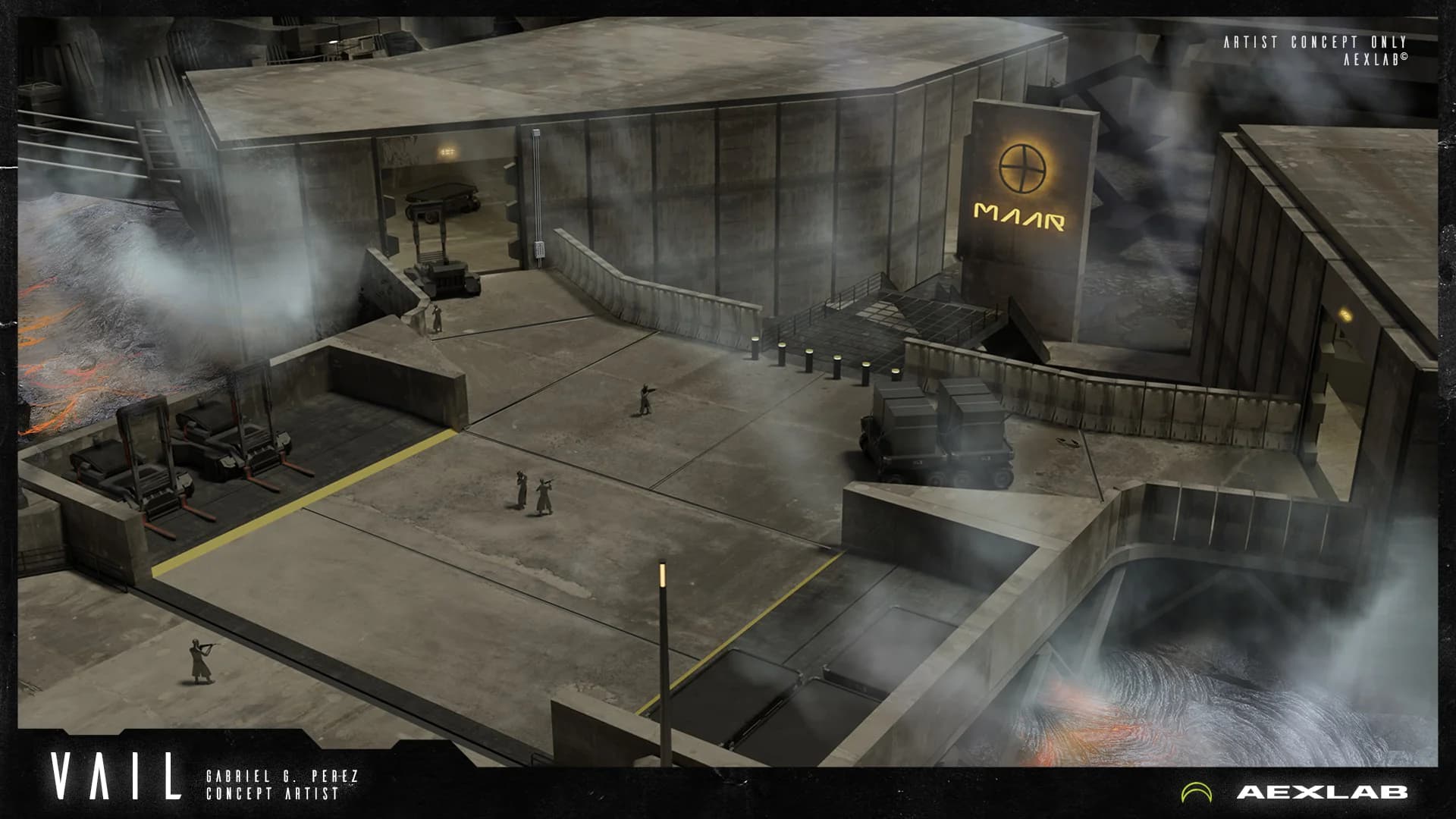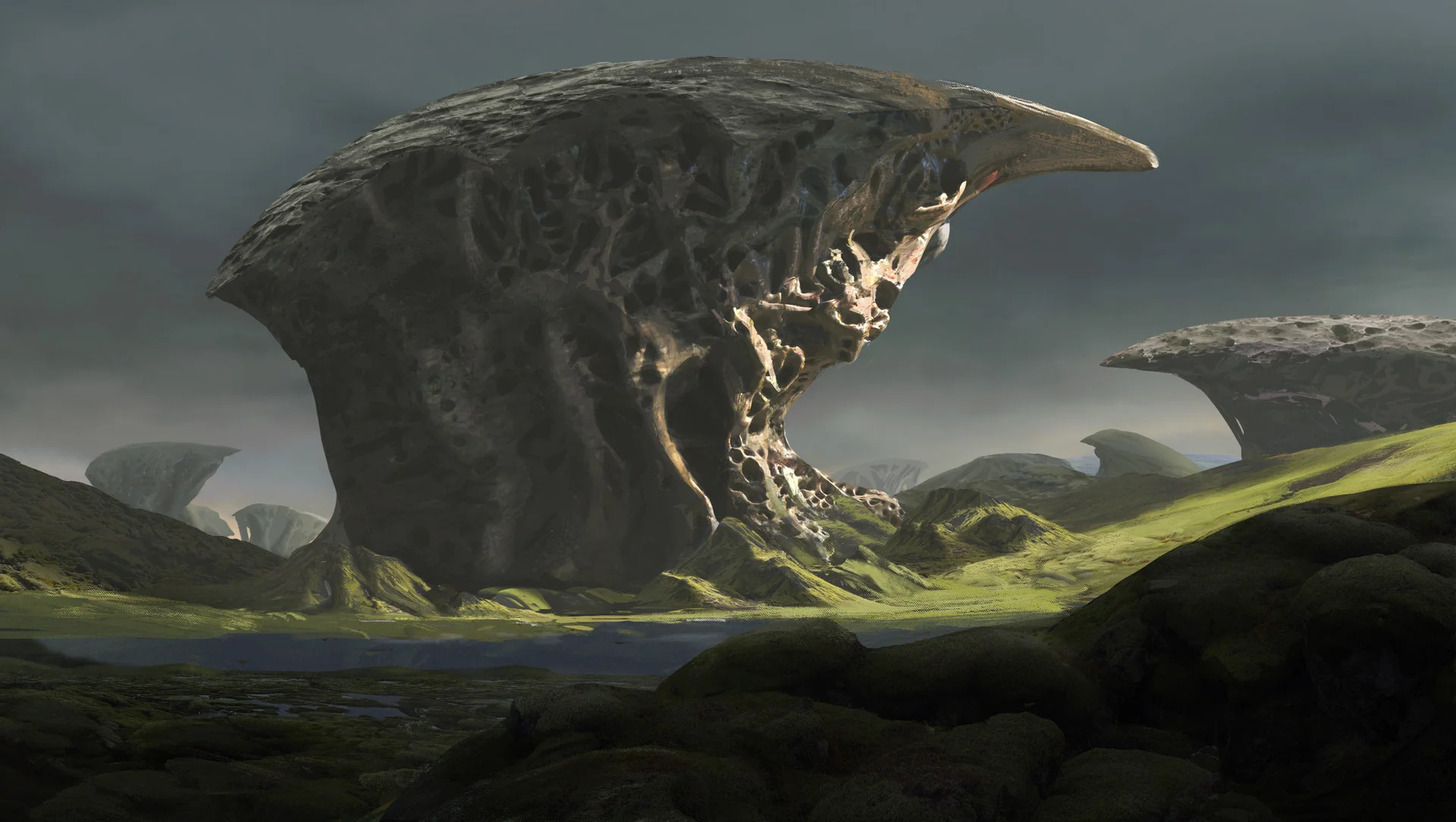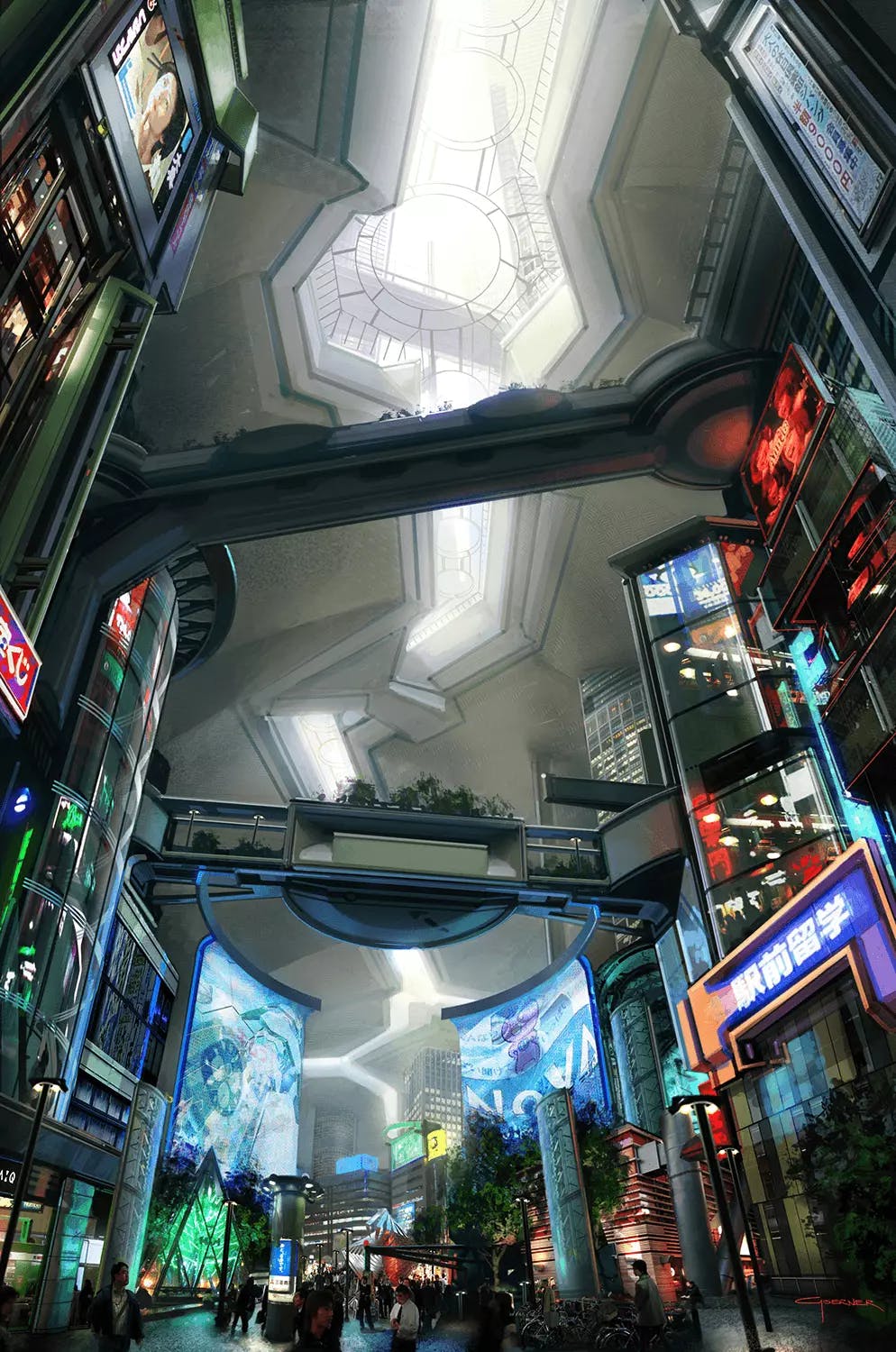
Mark Goerner
Illustrator
Concept Artist
Industrial designer
Art Director
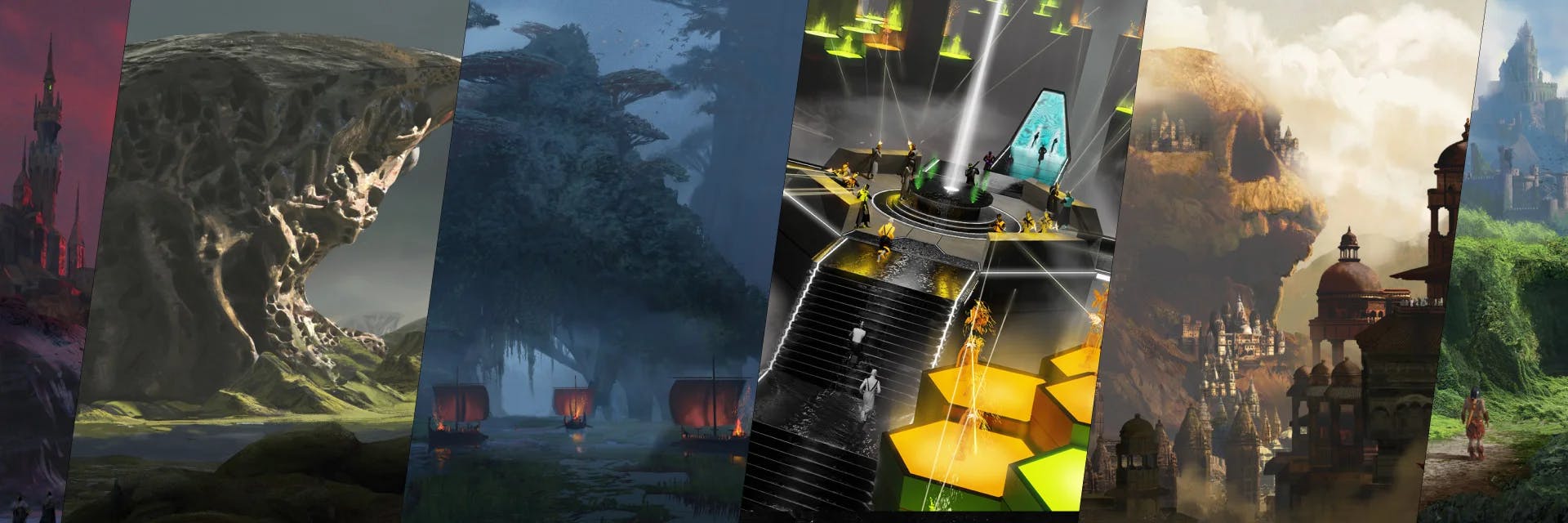
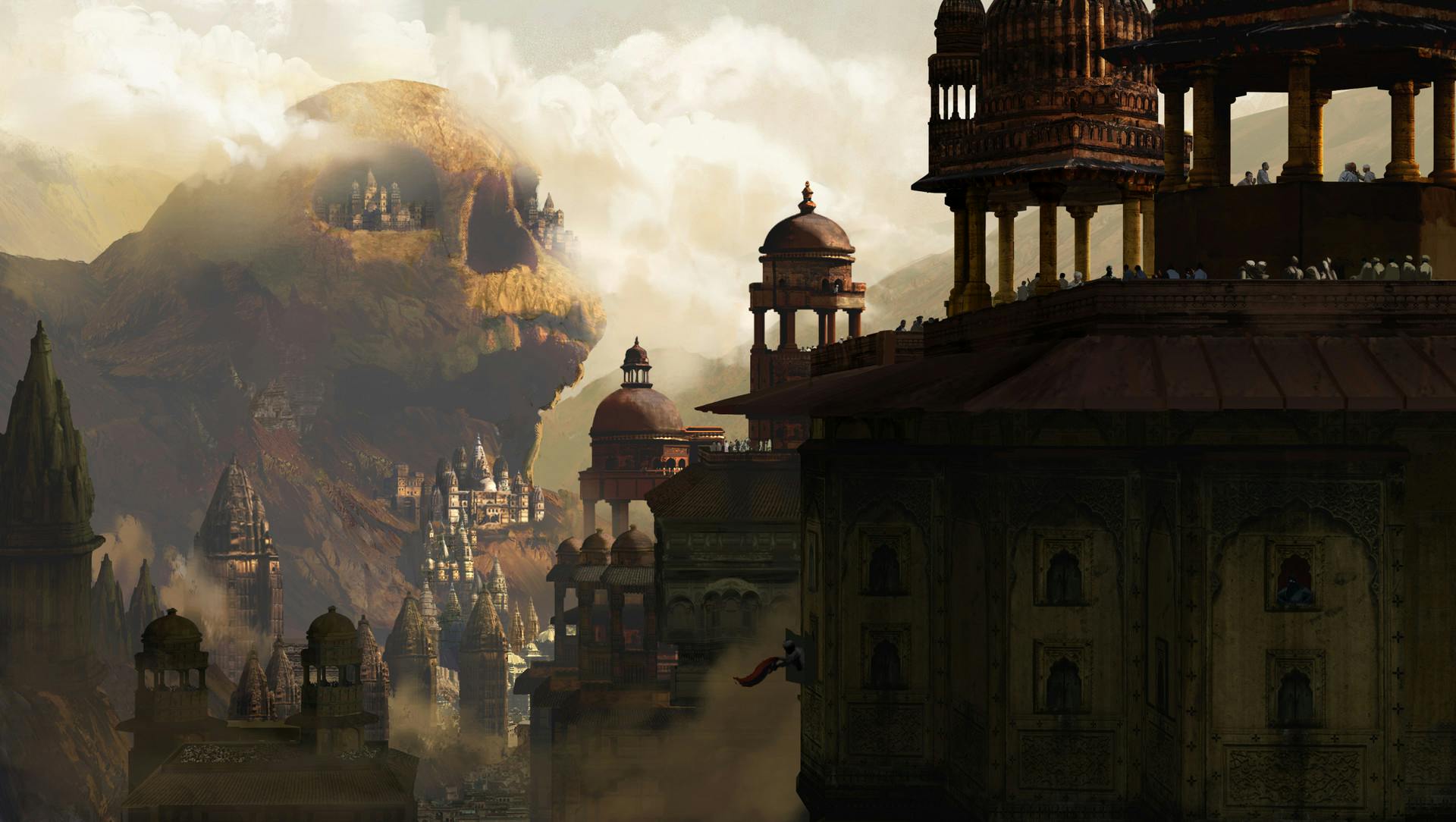
Story is king, especially when working on a movie. While creating cool looking images can be great, an artist on a film project has to consider how their designs and keyframe illustrations serve the story that is being told.
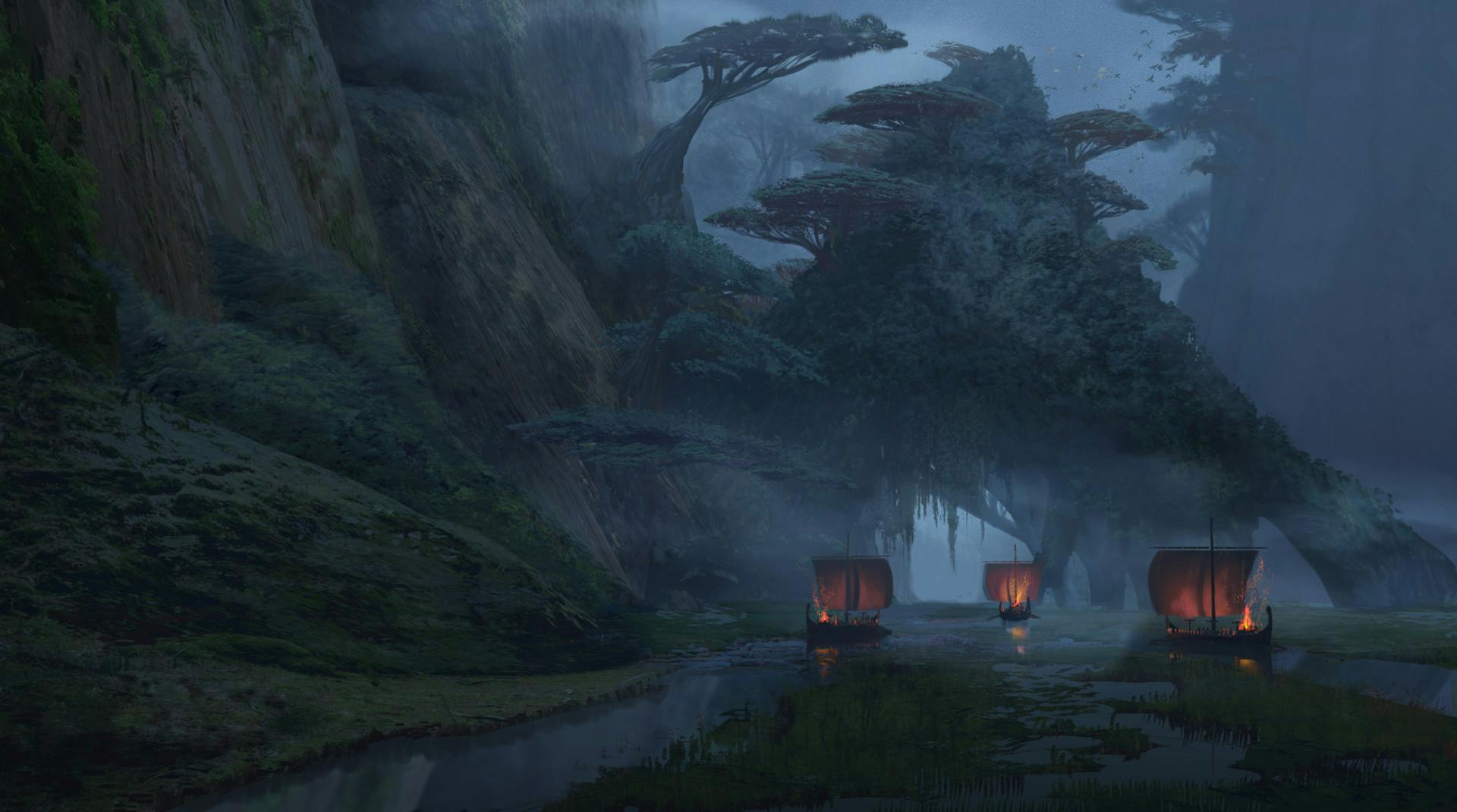
My process starts with receiving the design brief from my client or art director. From there, I will gather reference images to assist with the designs I have to create. Once I have collected my references, I will begin an ideation phase exploring several sketches that can help to bring the ideas in my head into visuals I can pick and choose to develop further. Once I create a sketch that captures the brief that needs to be executed, I will take the image to a final. Usually that leads me into 3D to create a blockout for lighting, pose, composition, etc. Then I will render out an image of the 3D block-out and finalize with finishing touches in Photoshop. Along the way I like to show work-in-progress shots to receive feedback from the team I am working with, to make sure I don’t stray too far from the path of reaching the end-goal of the design. This is my usual workflow for concept art, whether it be for environments, characters, etc.
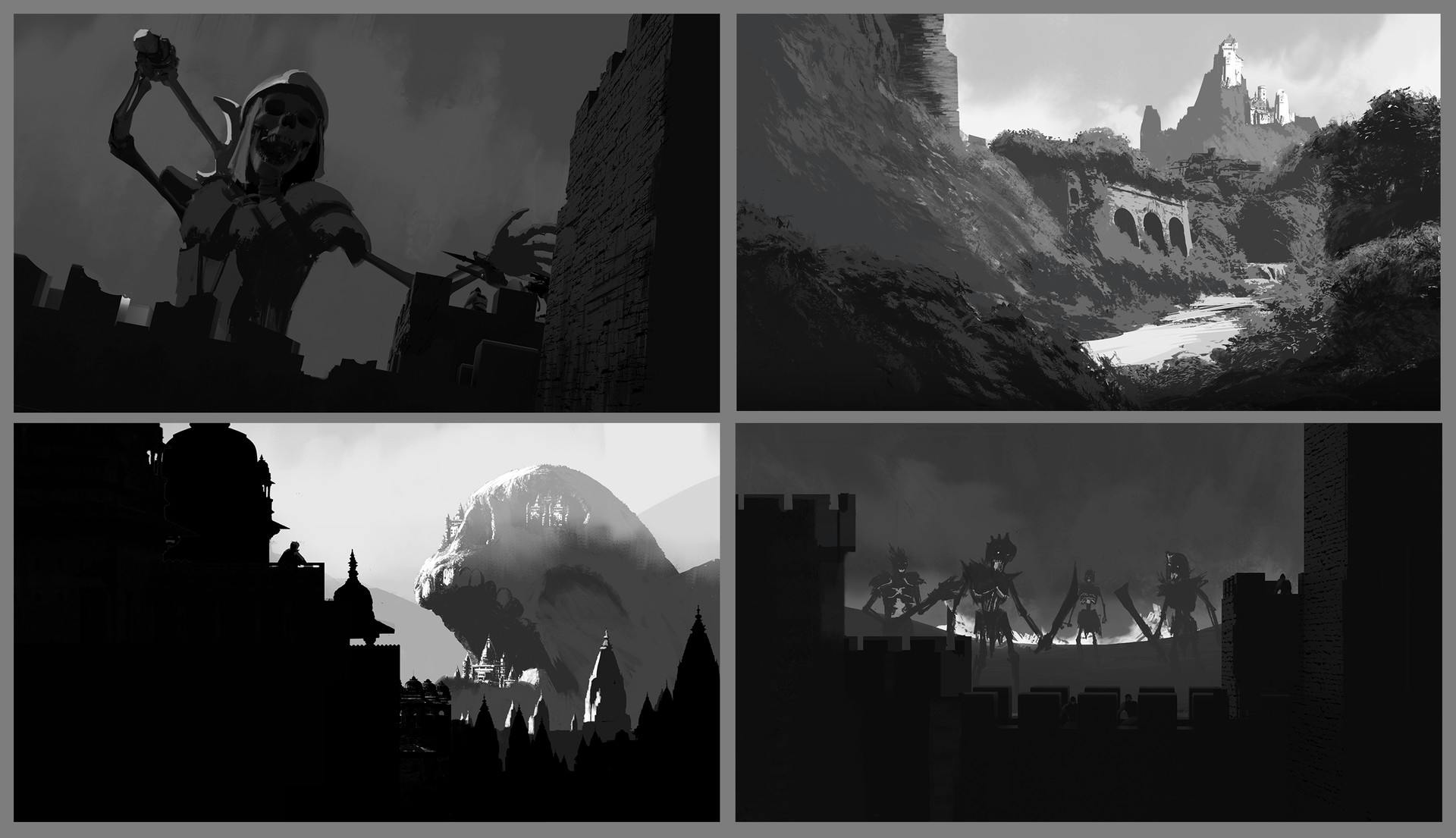
Be open and flexible to new opportunities. It might not always be the dream job you want at the moment, but this industry can be smaller than you think and sometimes. Putting yourself out there can lead to future job opportunities and relationships that can help define the career you want to make for yourself.
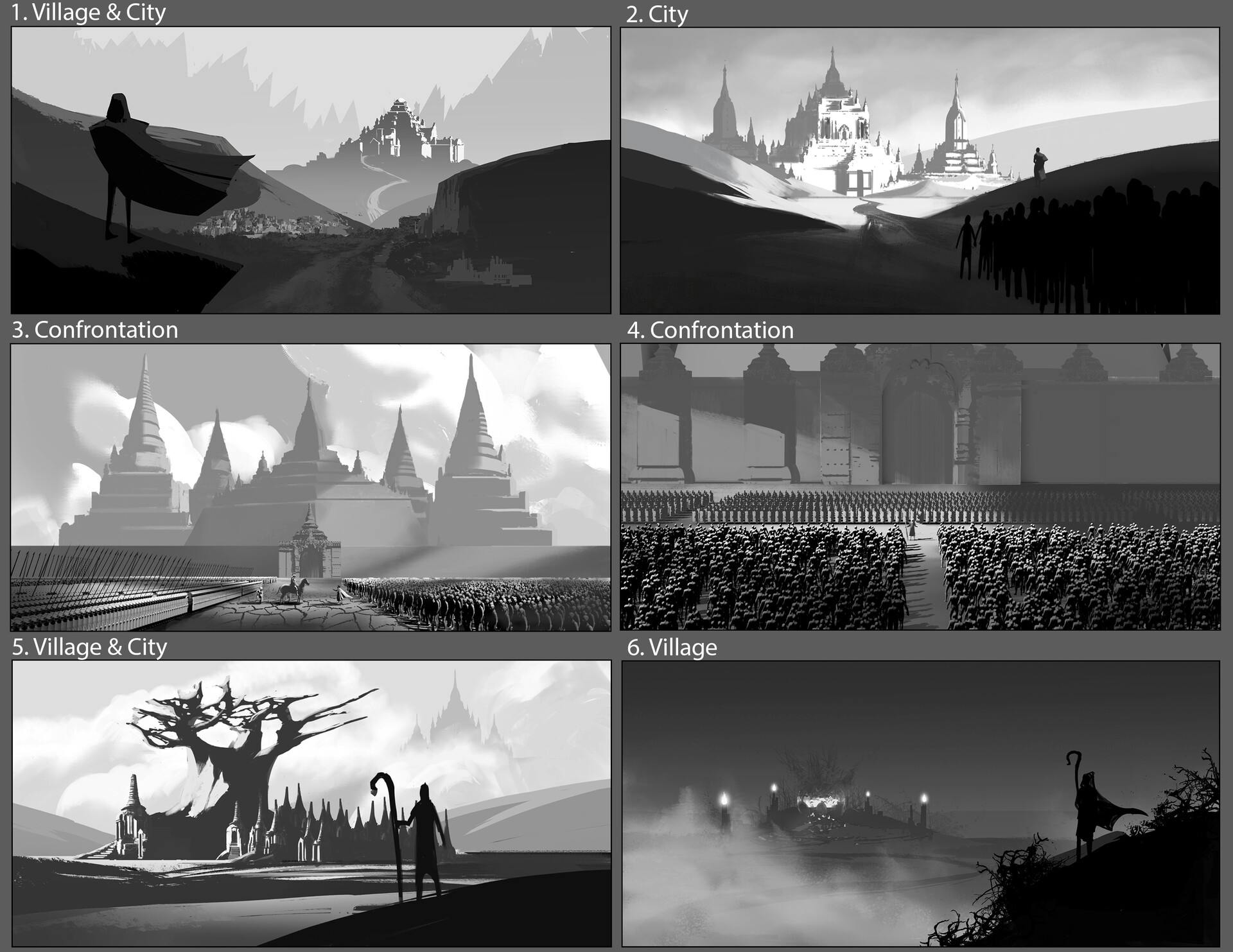
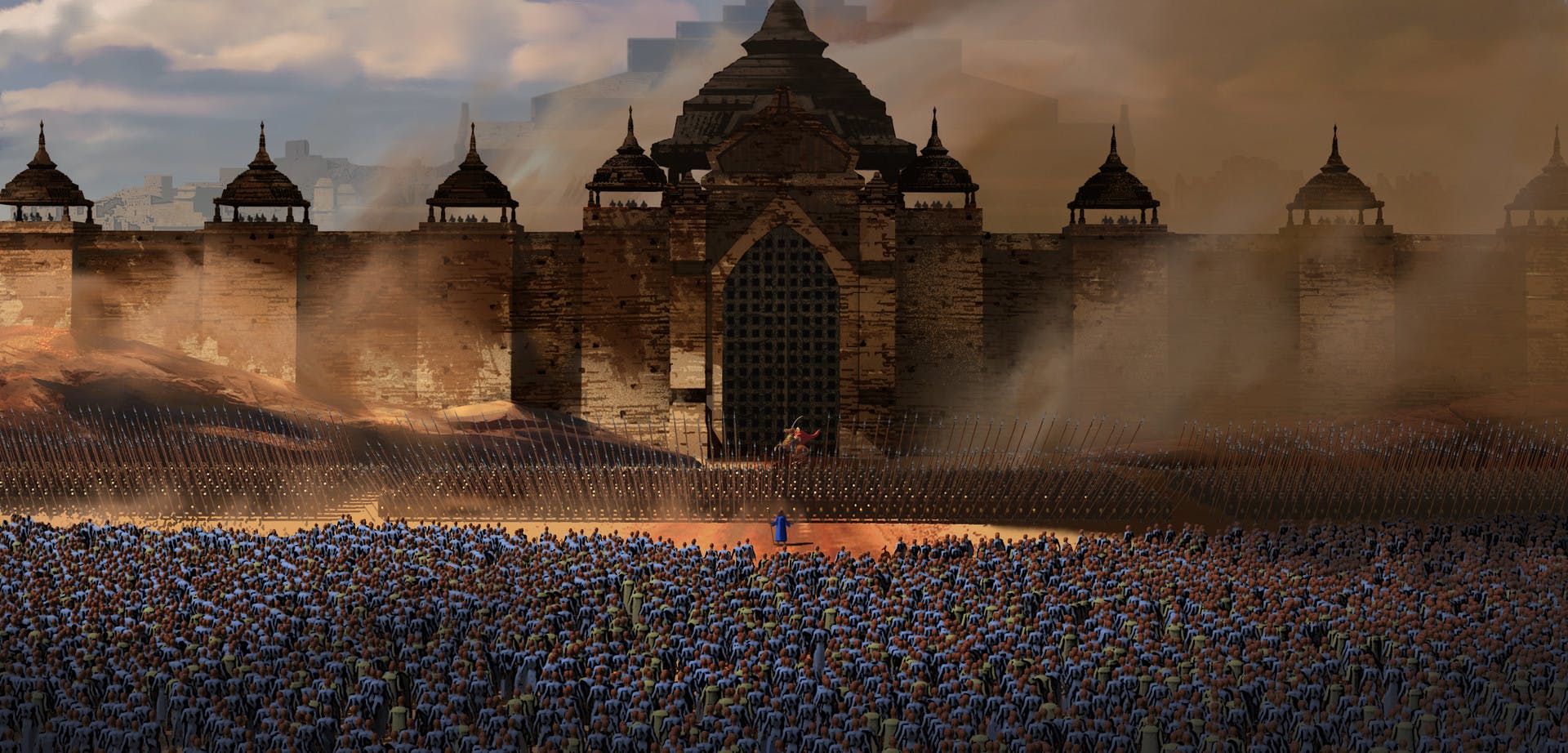
I think one of my toughest projects was working for Carnival Corporation. This was one of my earlier jobs in my career, when I had less experience and wanted to prove myself. I was working directly with the Creative Team of Carnival and had to create many images for the Board of Directors presentation. With limited time to create so much artwork, I learned to get into a process that allowed me to create concept art and get to a point where I don’t have to nitpick every detail of the image. I focused on making sure I was telling the story that was needed for the presentation. I also learned to make asset libraries and save references as I continued to create the art, so that I could save time. An artist wants to be a perfectionist, but a professional knows when the job is done, because time is money!
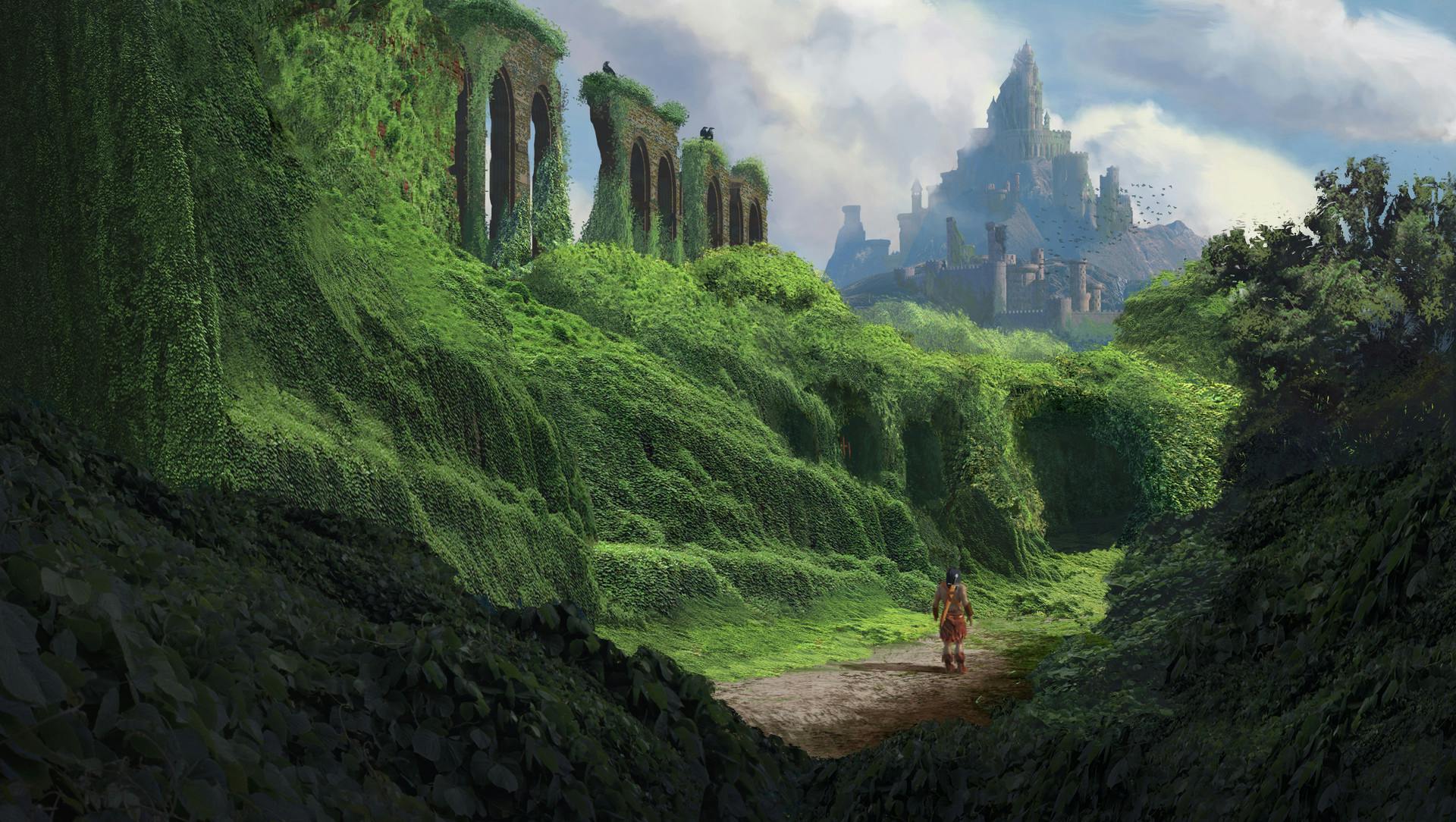
I have about 7 years of experience working as a creative. Most of those times were as a concept artist and for various industries such as video games, themed entertainment, VR, AR, and illustration.
Some wisdom I would give to young creatives is to be flexible and open to new opportunities. There were times when I just graduated that I needed to be working the dream job at a AAA studio and making a ludicrous salary. It’s fine to have those goals and keep working towards them. But sometimes opportunities that were not the exact job I was thinking about, but still let me flex my creative abilities, awakened new creative endeavors in my own career path. Everyone has a different path, you don’t have to follow the flock.
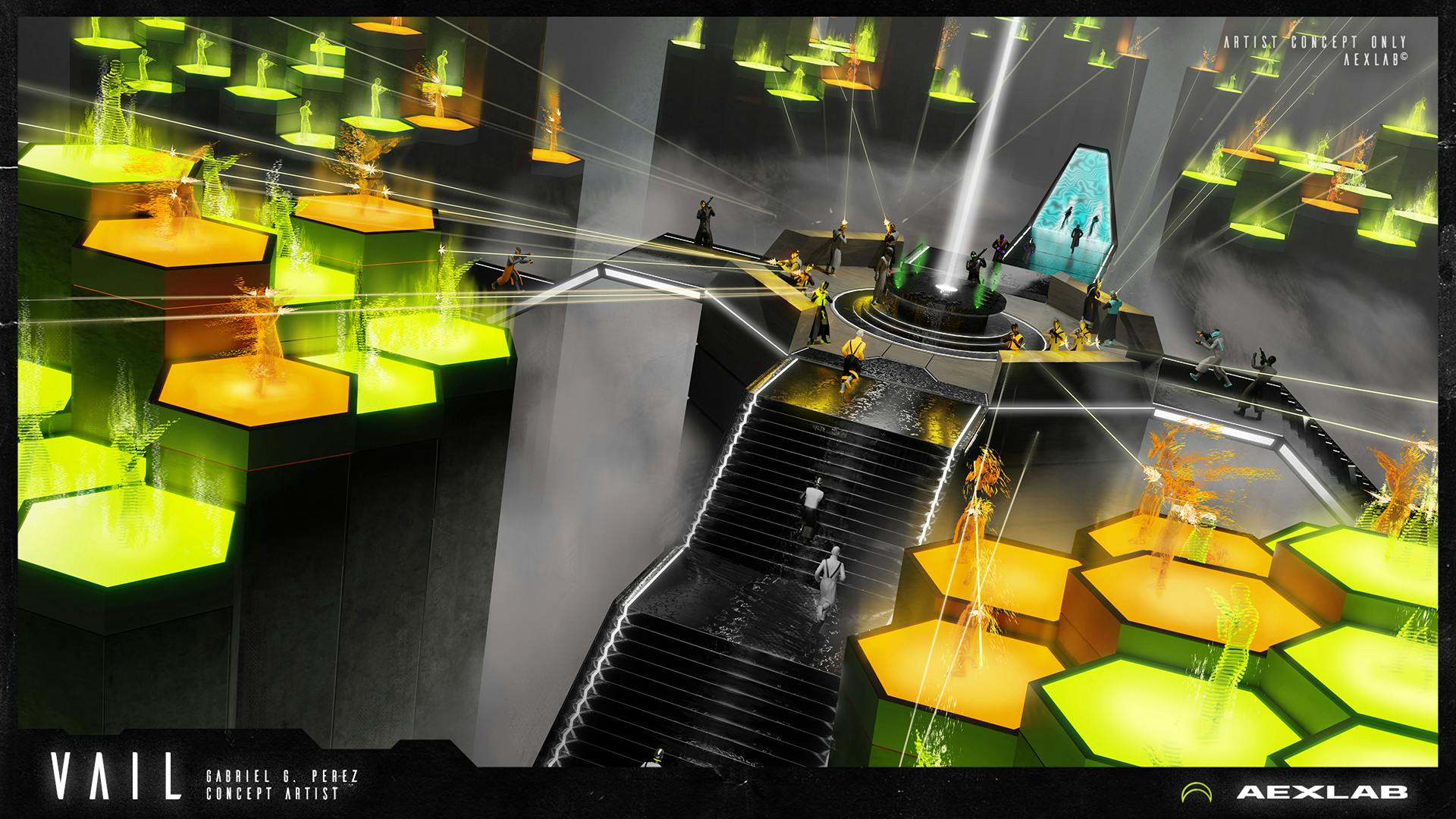
I would say working on VAIL VR, virtual reality multiplayer competitive shooter, is a reflection of my interests. Video games are one of the main reasons I decided to pursue a career in concept art and First Person Shooters is the genre I usually play. So being able to contribute to the development of a video game has combined my interests for the artwork I wish to develop more of in my career.
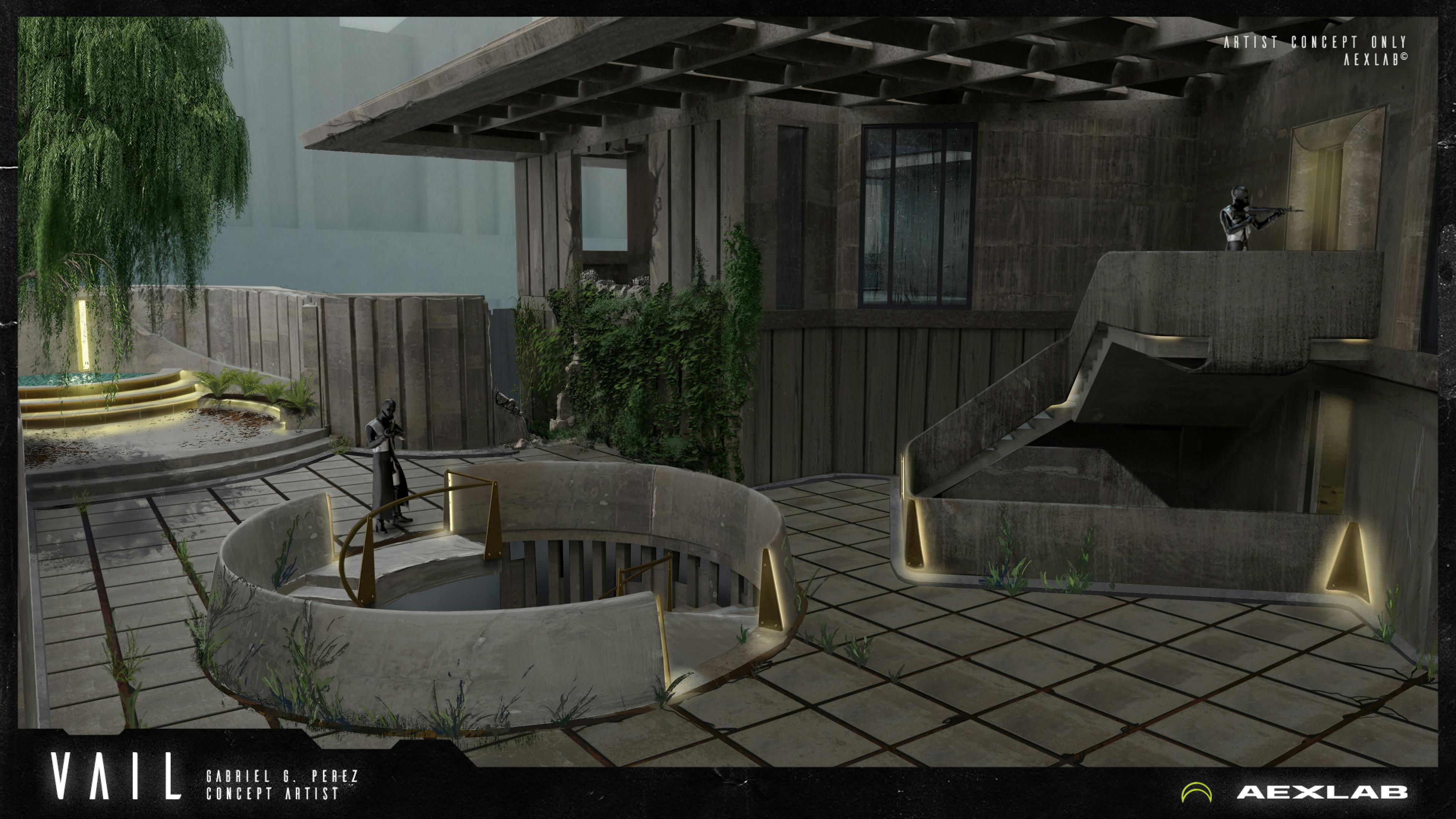
Comic books and cartoons were some of my first inspirations for wanting to draw and I did some from an early age. Crayon to paper, the OG way. As I grew up, I got interested in Industrial Design and even studied it at a specialized high school. During my final years of high school I discovered concept art for video games. As an avid gamer at that point in my life, I knew that was the career I wanted to pursue. From there, I graduated and have been working as a creative since then. Concept art, illustration, graphic design, and more.
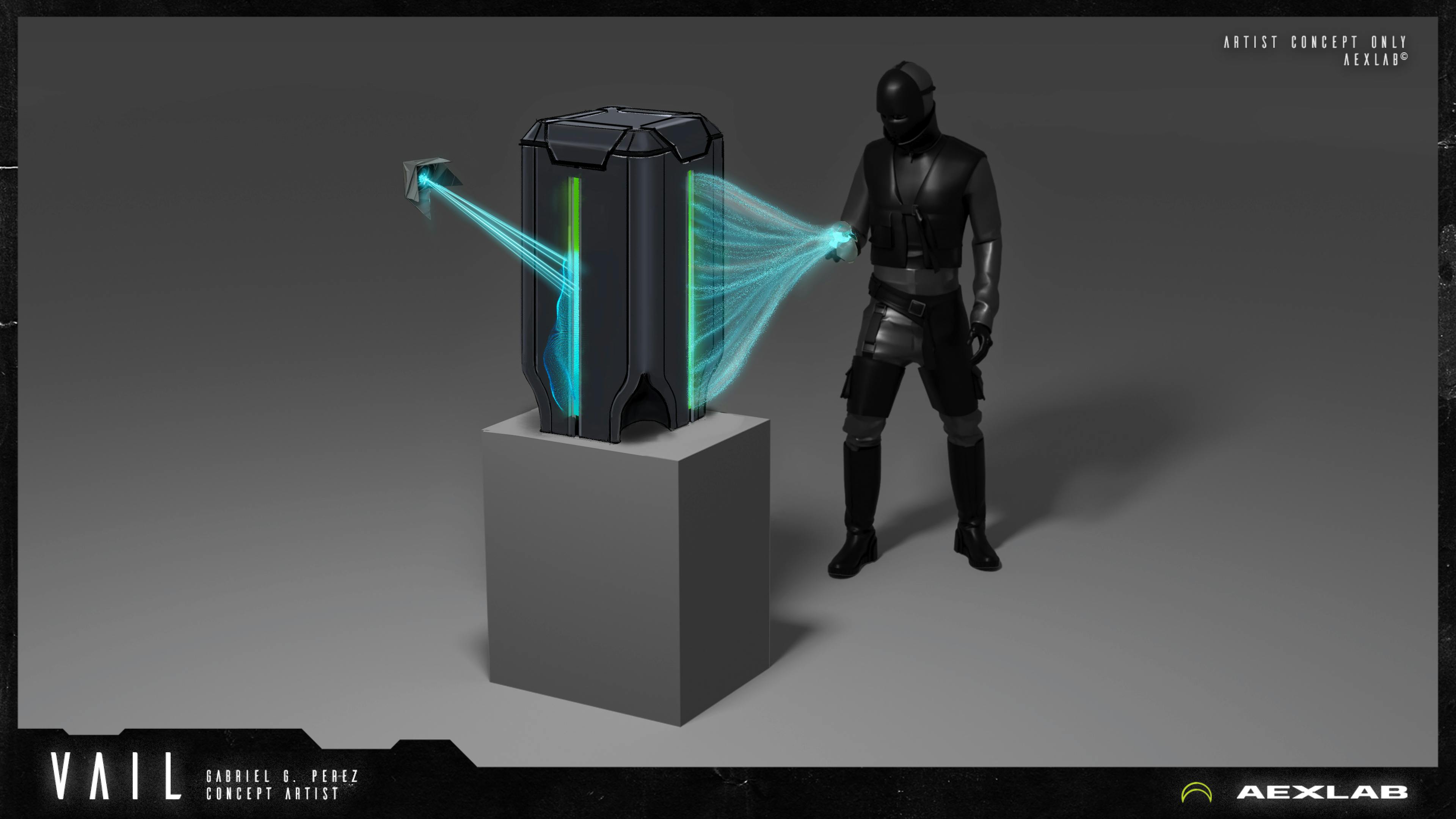
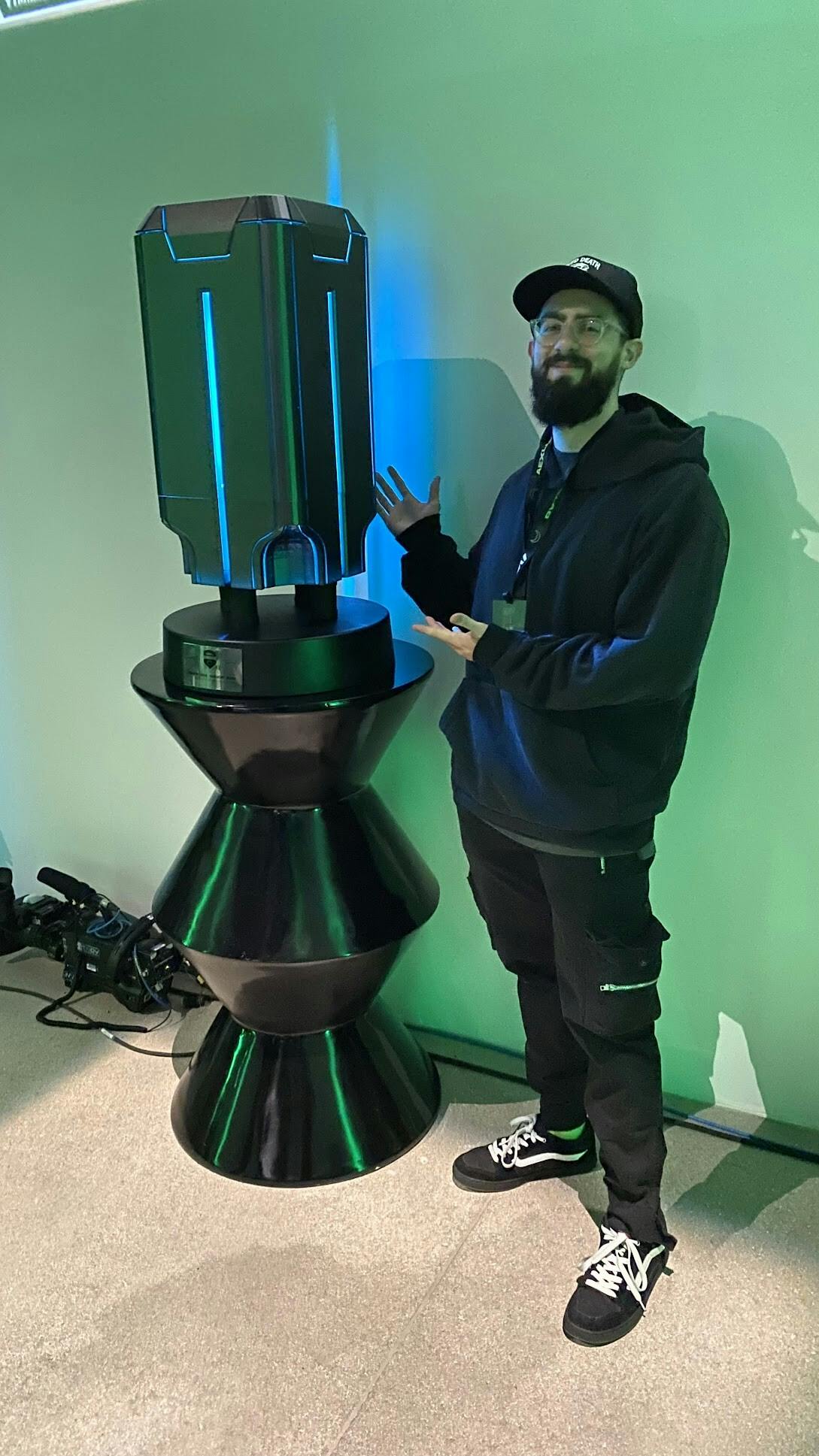
What I have learned over the years of my professional career, is to detach myself from the art I produce. As artists we invest so much of energy into our creations and at times it becomes a personal piece of us we have put down on “paper”. But when working on commercial gigs, a client has a vision for their product and it is my duty as the artist to take that feedback, to guide the client to the vision the seek for the end-product.
